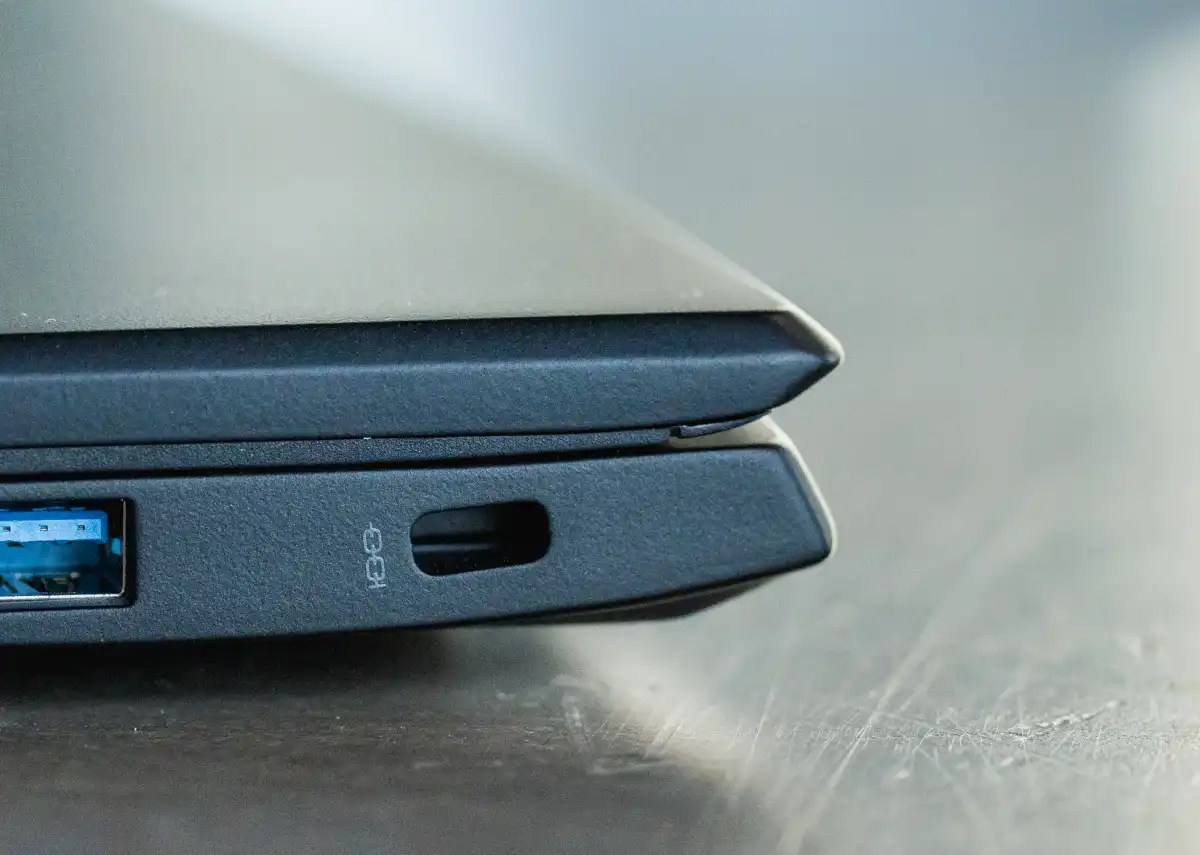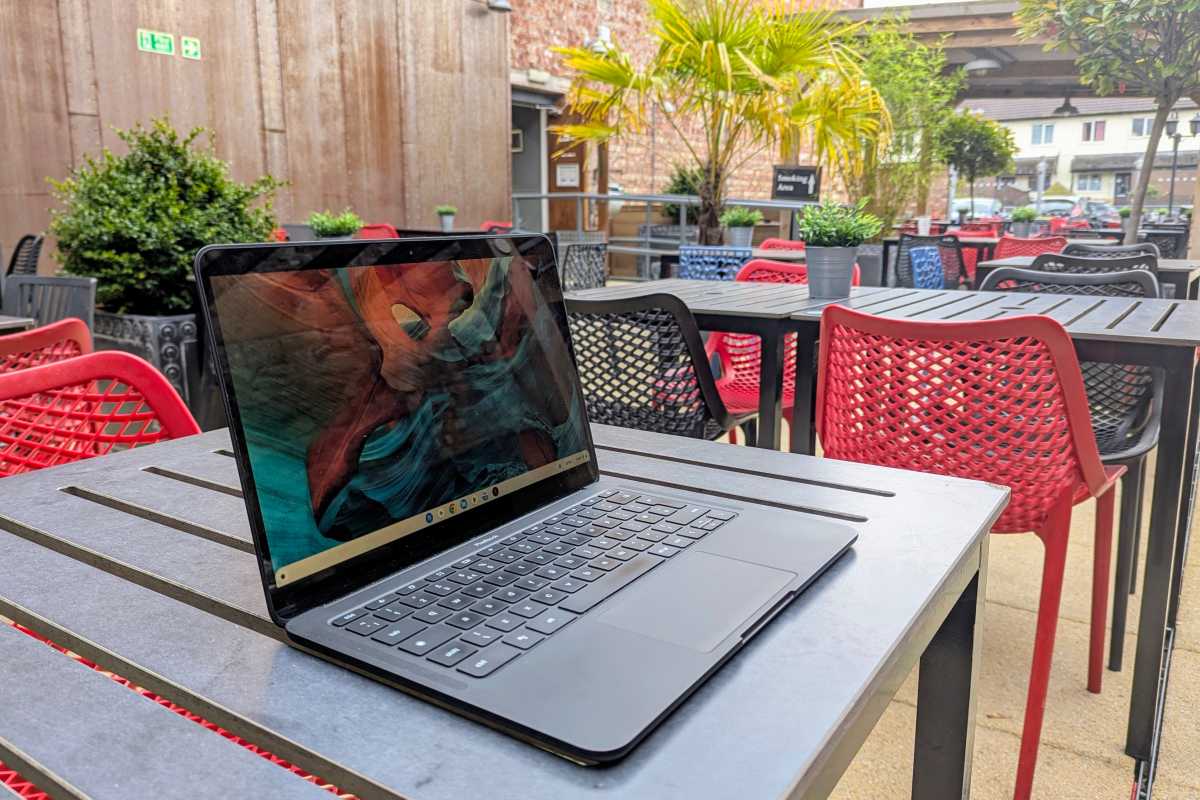Imagine the momentary panic – you’ve just stepped away from your laptop in a bustling café, lured by the barista calling your name. A quick trip to the counter, and a nagging worry creeps in. What if, in those few unguarded seconds, someone simply walked away with your life’s work, your precious memories?
It’s a scenario many dismiss, but laptop locks remain surprisingly relevant in today’s world. They aren’t relics of the past; they’re a simple, effective deterrent against a very real threat.

A laptop lock functions much like a bicycle lock. A cable, secured to a lock mechanism, tethers your laptop to a fixed object – a table leg, a desk, a sturdy chair. Most laptops feature a Kensington Lock slot, a small rectangular opening designed specifically for these devices. Newer, slimmer models may utilize Noble Wedge or Kensington Nano locks, offering similar security. Even if your laptop lacks a dedicated slot, adapter cables can provide a secure connection point.

The value of a laptop extends far beyond its monetary cost. It’s a repository of irreplaceable personal data – cherished photos, irreplaceable videos, and vital documents. Losing these digital mementos can be devastating. Beyond the emotional toll, consider the professional implications: compromised work files, potential job security risks, and the sheer inconvenience of replacing a vital tool.
While cloud storage offers a degree of backup, it’s not a foolproof solution. Data isn’t instantly synced, meaning recent work could be lost. Furthermore, a thief with physical access can potentially breach your cloud accounts if you’re logged in. A physical lock provides an immediate, tangible layer of security. It’s a visible deterrent, often enough to send an opportunistic thief searching for an easier target.
Choosing the right lock depends on your needs. Keyed locks offer robust security but require you to manage a key. Combination locks eliminate the key issue, but forgetting the combination renders the lock useless. Cable thickness is also a factor: retractable cables prioritize portability, while fixed-length cables offer greater durability. For stationary use in offices or schools, locking stations provide maximum security, but are less practical for everyday use.
Consider where you’re most vulnerable. Cafés are prime targets, but airports, train stations, and even libraries present opportunities for theft. Statistics reveal that 15% of device thefts occur in airports and hotels, while a staggering 25% happen in cars and on public transit. If you feel even a moment’s hesitation about leaving your laptop unattended, a lock is a wise investment.
Don’t rely on physical security alone. Software safeguards are crucial. Configure your laptop to automatically lock after a short period of inactivity and use a strong, unique password. Enable two-factor authentication for all your accounts and explore remote wipe capabilities, allowing you to erase your data remotely if the worst happens.
Before you head out, confirm your laptop has a compatible lock slot or an adapter. Select a cable that balances security and portability, considering your typical usage environment. Most importantly, secure the cable to a solid, immovable object. A laptop lock isn’t an impenetrable shield, but it significantly raises the bar for potential thieves.
Ultimately, a laptop lock isn’t a magical solution, but a practical, affordable precaution. It’s a small investment that can save you immense stress, financial loss, and the irreplaceable loss of personal data. Don’t simply hope for the best – take a proactive step and lock it up.






